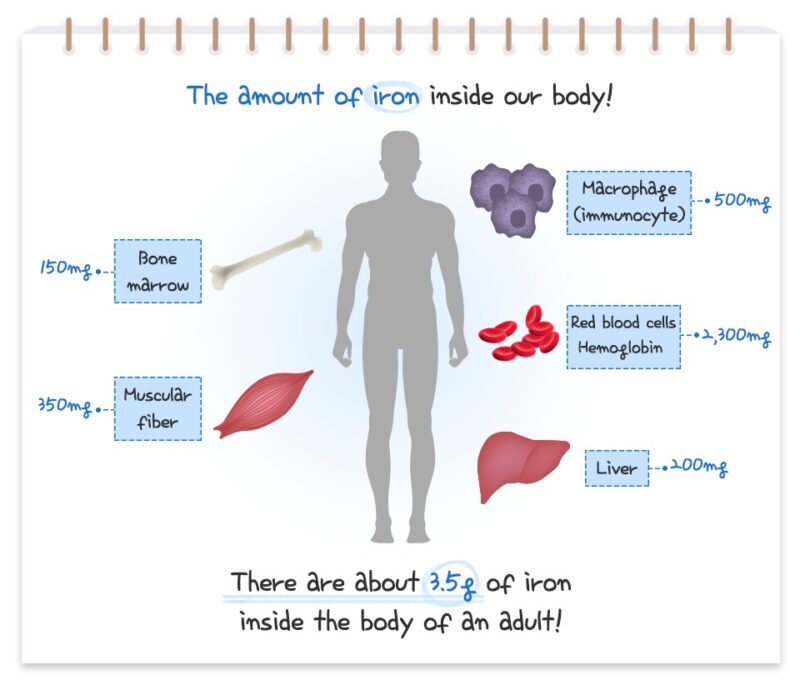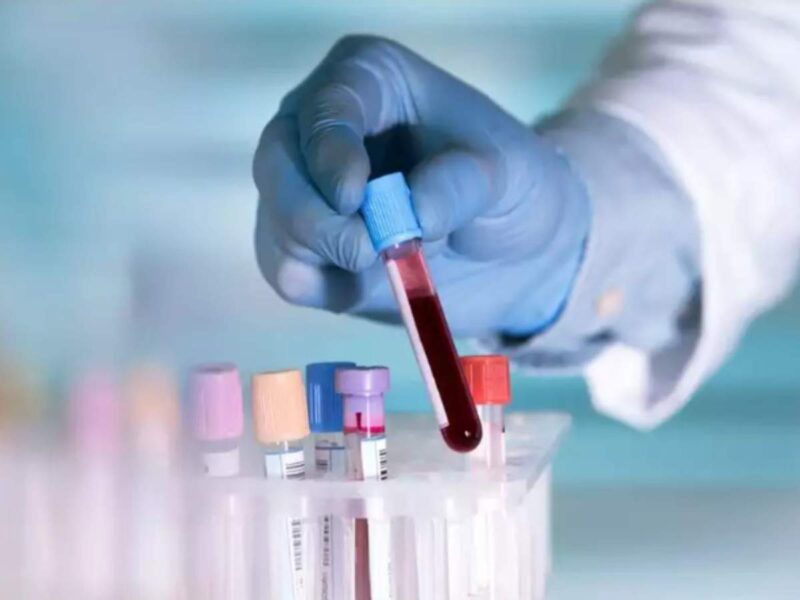The human body works in proper order. Every organ of your body has its own set of responsibilities and rules. For example, the heart pumps oxygen to other body parts while the oesophagus travels the food down to your stomach. But a minor change in any of these processes can cause the whole body to malfunction.
One of the deadliest disorders in the human body is the over-accumulation of iron in your blood. While iron deficiency can result in a poor immune system and weakness – an excessive amount of iron in your blood can cause your organs to fail.
The only way to know the iron levels in your blood is through a haemochromatosis test. This article explains how having high iron levels in your blood can severely damage your body’s organs.
Role of Iron in Your Body

Iron is a mineral substance found in foods. The human body needs iron for the following reasons;
- To assist haemoglobin and blood cells carrying oxygen in the body.
- For the production of red blood cells.
- Developing and growth of myoglobin.
Usually, the intestines absorb a balanced amount of iron from the things you consume. However, in iron overload, your body absorbs an excessive amount of iron and keeps storing it in your body organs, including the liver, heart, pancreas, and brain. As a result, the build-up of iron causes damage to these organs.
What is Haemochromatosis?

Iron overload, medically referred to as haemochromatosis, is a metabolic disorder where the iron levels in your blood slowly build up.
When more than normal levels of iron begin to store in your body, it starts damaging your body organs, such as the liver, etc.
Types of Haemochromatosis
There are two types of haemochromatosis. These types are categorised based on age and other factors, such as medical history, genetics, and diet.
Juvenile-Onset Disorder (Haemochromatosis Type 2)
This type of iron overload occurs in young people—the symptoms of this haemochromatosis show during puberty.
By the age of 20, the gradual accumulation of iron leads to delayed or disrupted production of sex hormones in men and women. The early diagnosis of type 2 through a haemochromatosis test can help control this disorder.
Women with type 2 haemochromatosis get early menopause. On the other hand, men with type 2 may get fatal heart disease or erectile dysfunction.
Ferroportin Disease (Haemochromatosis Type 4)
This is a rare metabolic and genetic disorder passed from generation to generation. Haemochromatosis type 4 occurs due to a gene mutation of the gene “SLC40A1.”
In this disorder, the protein substance that stores the iron in your body starts abnormal accumulation of the iron. As a result, there is an excessive amount of iron in your body with the potential to damage your organs. This type is common in women ageing from 35 to 60.
Common Haemochromatosis Tests

It is not a routine test, but getting this test frequently can allow you to limit your iron intake. Some standard tests for haemochromatosis diagnosis are;
- Blood Test
- Genetic Testing
- Liver Biopsy
- MRI
Final Words
The collection of the test is an excellent option to measure your chances of iron overload, especially if you have a family medical history of it.


